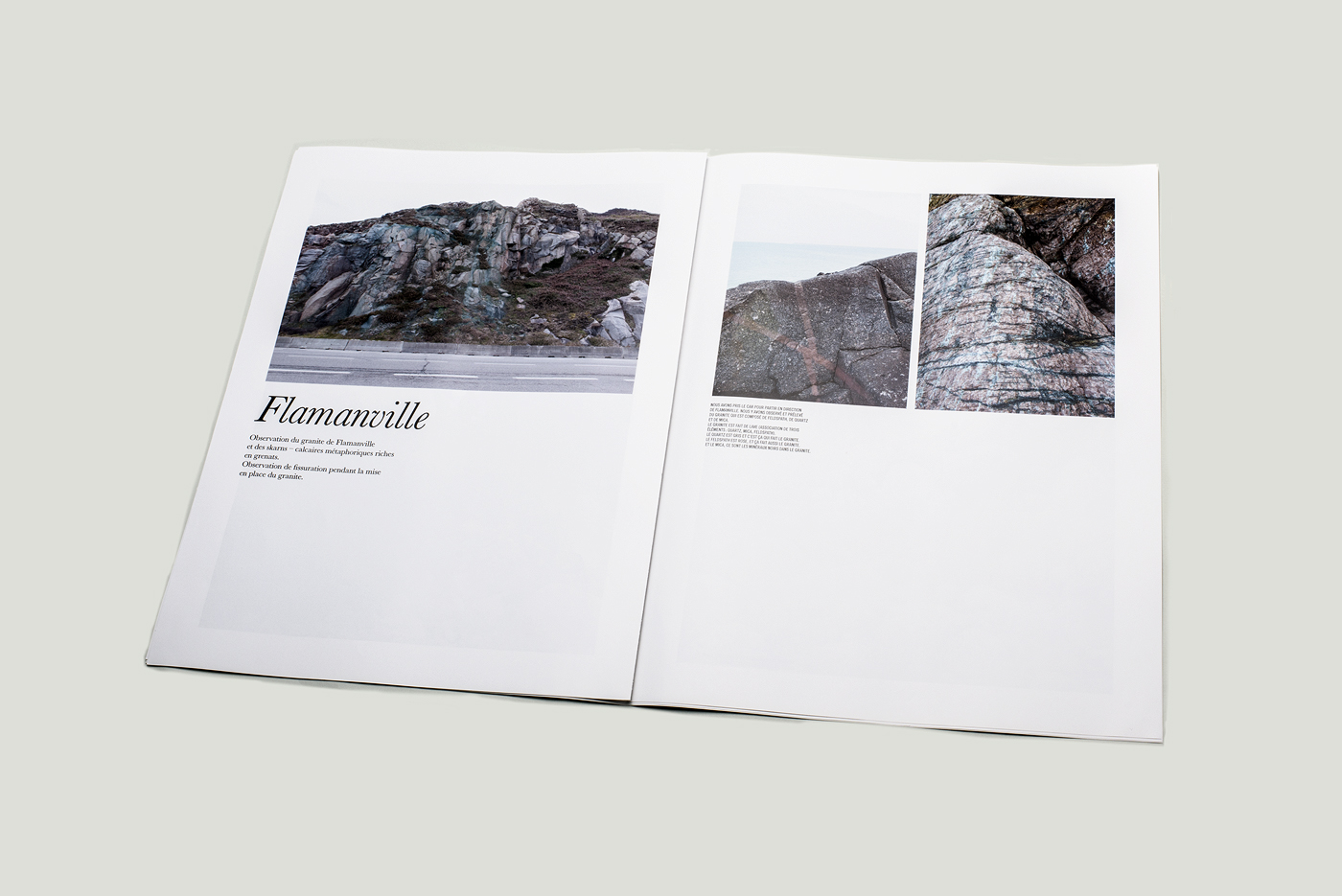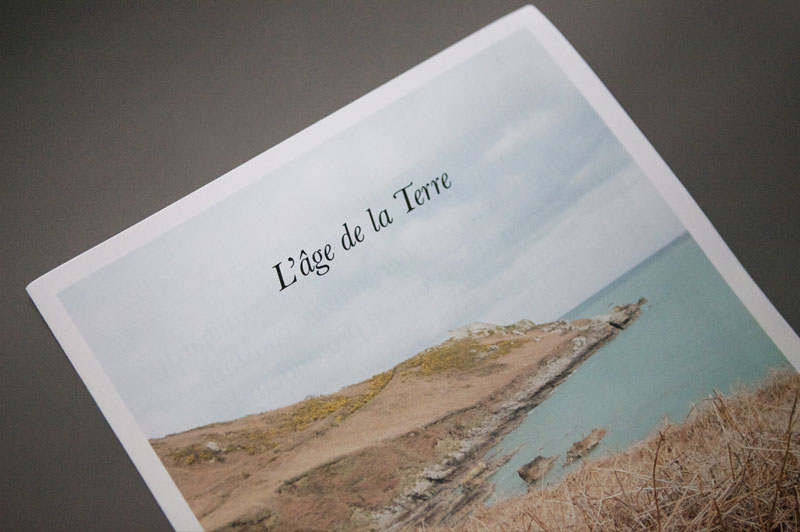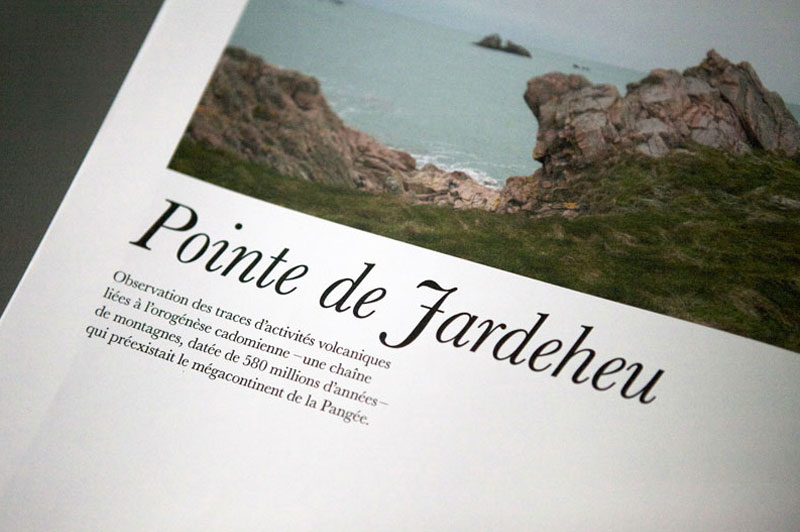- 2024
- 2023
- Ligne d'air
- 2022
- 2021
- The Forest System
- 2020
- A place to read
- Counterfactual
- Deep Sleep
- Fixing Sounds
- Ghost Populations
- Grey Matter
- Humanities
- Impôts.gouv
- My Precious One
- OK computer
- One for all
- Perfect Match
- Personal Borders
- Trial by fire
- Unconscious
- 2019
- Anonymous
- Daily science
- Houston 69
- Image and text
- La santé autrement
- Parts and labour
- Playing with fire
- Plu-present
- The art factory
- The legend factory
- The nuclear effect
- Unique every time
- Vertical
- What exactly is happiness?
- striking a chord
- 2018
- Animal images
- Connections
- Current affairs
- Extra space
- Les courts circuits
- Metamorphoses
- Off ground
- Playing with fire
- The Earth quakes
- The life of rays
- The ocean phenomenon
- The scope of cinema
- The struggle continues
- Top model
- Traces
- What is peace?
- 2017
- All about the climate
- Artistic territory
- Cars
- In all probability
- Inner journey
- Letter to a friend
- Planetarium
- Plants and us
- Polyptics
- Poster child
- Propagation of monotony
- Rocks unlimited
- Tour operator
- We, the presidents
- Youth culture
- 2016
- 3D universe
- Art curator
- Bioethics
- Colours
- Community radio
- Different books - digital design
- Different books - paper design
- Hands on
- Images - Mémoires
- In all probability
- Landscapes
- Meteors
- Microscopic
- Mirages
- Pantone Food
- The great outdoors
- The idiots' guide to teenagers
- The night
- There were several of them
- Under the surface
- 2015
- Books otherwise
- By prescription
- Denim
- Feet on the ground
- Intermediate schools in France
- Meteorologists
- Occupation: inventor
- Outdoors
- Sweet treats
- The art of love
- The climate in fiction
- To be completed
- Universal light
- Urban life
- What is today?
- Words and music
- 2014
- Are you modern?
- Aroma research
- Calculating sound
- Digital dreams
- Female landscape
- Hung up
- Infinite at top speed
- Les Grandes Tables
- Life in the laboratory
- Listening to the sacred
- Short trips into the working world
- The age of the earth
- Use and reuse
- Water
- Words and music
- Words and things
- 2013
- Aroma research
- As if by chance
- Behind the screen
- By what right?
- In praise of mixity
- Infinity at top speed
- Listening to the sacred
- Looking at animals
- Mass markets
- Memory
- On promotion
- Once upon a time: Art
- Segami
- Sensitive boundary
- Short trips into the working world
- The French factory
- Truth in sport
- 2012
- A simple movement
- Animalia
- Archigram
- Babel
- By what right ?
- Call it anything
- Dinner's served!
- Experience of the world
- Found objects
- Money
- Once upon a time: Art
- Perceptible split
- Phenomena
- Serious games
- Television
- Warmly dressed
- 2011
- Animalia
- Balance of power
- Breathless
- Chemistry year
- Cities and architectures
- Eurêka
- Experience of the world
- Food
- Found objects
- Homepage
- Once upon a time
- Public life
- Television
- Under constraint
- Video games
- Vostok
- What to wear
- 2010
- Chimie en cuisine
- Eurêka
- Evolution
- Jeux vidéo
- La bioéthique
- La richesse - philosophie
- La richesse - sociologie
- Les adolescents - photographie
- Les adolescents - sociologie
- Objets trouvés
- Quel grand Paris?
- Rapprochement des cultures
- Sous contraintes
- Télévision
- Village global
The age of the earth
Since 2009, the Seine-Saint-Denis County Council has been backing “la Culture et l’Art au Collège (CAC)”. This project is based to a large extent on the presence in class for several weeks (40h) of an artist or scientist whose mission is to engage the students in a process of research and creation.
Tutors: Christophe Galfard/ PhD in theoretical physics, Sylvain Bernard/ geochemist, Alexandre Schubnel, Audrey Bonnelye/ seismologists
Project Manager: Stéphane Coulaud
Objectives:
What is a tsunami, really? How are rocks formed? What forges a mountain range? For billions of years the earth has been in constant activity, not only on the surface but deep down. In the “Age of the Earth” project, experts in these matters help the pupils to spot the traces of the Earth’s history. They learn to winkle the secrets out of a remarkable site in the Cotentin, discovering a time when the Atlantic did not yet exist.
Three phases in which the pupils learn about geological time scales and observe traces of geological activity on a site, an extinct volcano, for example.
Workshops:
Preparing the ground
The major principles of radioactivity as a method for measuring the age of the universe were explained by a tutor in theoretical physics. The session ended with the presentation of fieldwork revealing the geological characteristics of the northernmost point of the Cotentin region.
Etimbert, Omonville, Flamanville
A 2-day field study was carried out at the end of March, during the spring tides in this area. On Étimbert point, near Omonville-la-Rogue, geologists and pupils studied outcrops of the oldest rock in Western Europe. On Jardeheu point, the pupils analysed traces of volcanic activity related to the Cadomian Orogeny. They also took samples of rocks with large crystals – pegmatite – and looked for seams of volcanic rock. On the Flamanville-Diélette site, they found pink granite, known as Flamanville granite; on Diélette beach, they saw skarns – metamorphic limestone rich in garnet - and found coral fossils.
Talking about the Earth
The fieldwork was followed up by analytical exercises: the pupils measured the density of the rocks, studied thin samples under a polarizing microscope and learned about other rocks and minerals. On a final outing – to the Mineralogy Museum of the École des Mines – the pupils had an opportunity to see how the kind of rocks and minerals they had observed during the field trip were displayed in a museum.
Outcome:
Publication of a 20-page colour photo journal. Comments made by the pupils during the field study in the Cotentin served as captions for the photos. Each class was given a set of journals to share with the pupils taking part in the project and their school communities.
Acknowledgements: Didier Nectoux/ curator, Mineralogy Museum of the École des Mines.
Participating schools:
- Class (5th) Collège Madame-de-Sévigné, Gagny
- Class (5th) Collège Lenain-de-Tillemont, Montreuil
- Class (4th SEGPA) Collège Colonel-Fabien, Saint-Denis
Photo: PIERRE ANTOINE, GUILLAUME LEBRUN
Graphic design: BIBLIS DUROUX




